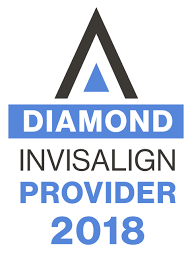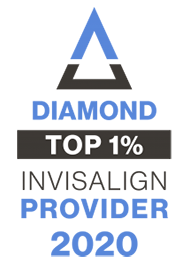Baby Teeth &
Dentistry for Kids
Daily oral hygiene for infants is necessary to prevent irritation and infection. For example, if your child often sucks on a pacifier, bottle or is breastfed, he or she may develop Thrush. This common fungal infection, although treatable, is caused by yeast that often appears in areas of the mouth that may have torn tissue. By removing these tissues, it prevents yeast from causing pain to your child.
It is never too early to start brushing your child’s teeth. Most babies begin around 6 to 7 months old but can start teething as early as three months old. The first teeth that appear are usually lower incisors or front teeth. By three years old, children should have their full set of 20 teeth.
As the teeth grow, use a toothbrush that is the right size for your child’s age, as indicated on the package. Use the correct brushing and flossing technique when caring for your child’s teeth. You should brush your child’s teeth two times a day until he or she can brush their own teeth correctly. This occurs around the age of six, but make sure you remove all the plaque before allowing your kids to brush their teeth themselves.
When you are confident your child can brush alone, time your child’s brushing for the suggested two minutes. When complete, always do a final inspection. Remember to praise them for a job well done. If you notice any teeth that have been missed, show your child the area and demonstrate how he or she should remove the plaque or food.
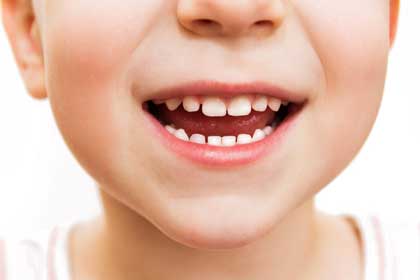
New Teeth & Children’s Dentistry
The permanent teeth normally begin growing out when a child is 6, although this varies with each child. Between 17 and 25 years old, all 32 adult teeth are normally completely grown out.
Your child may experience discomfort when brushing newly erupted teeth since they are so close to the gum-line, but it’s important to brush away the food or plaque. Plaque build-up will not only increase the chances of decay but also increase the chances that the gum tissue become red and inflamed.
The transition between baby teeth and permanent teeth is not as difficult as teething, however, your child may be uncomfortable when eating. If your child has sore gums or can’t bite into the food, offer softer foods or try to cut hard food into bite-sized pieces to be chewed with the molars, or back teeth.
Gaining Independence
Once your child can brush on their own, keep an eye out for any signs of gingivitis. If you can see plaque, encourage the proper brushing and flossing method for the recommended two minutes. Discuss any concerns you have with us at your next cleaning and check-up appointment. Our hygienist will go over brushing and flossing with your child if there are any areas of concern, and we will offer tips and suggestions for your child to keep in mind when brushing at home.
By following these guidelines, your child will grow up with healthy teeth and gums!
Bayside Dental & Orthodontics Review
★★★★★
Amazing and clean office. Super friendly staff who are amazing at what they do and are super nice. I would recommend Bayside Dental & Orthodontics to anyone who is looking for the perfect smile.
Macey R.
Airdrie General Dentistry
Get in touch with us
Call our office
Email us
Book an appointment
Book a visit to Bayside Dental & Orthodontics by filling out the form below. We will contact you back to confirm details.
Committed to
Excellence
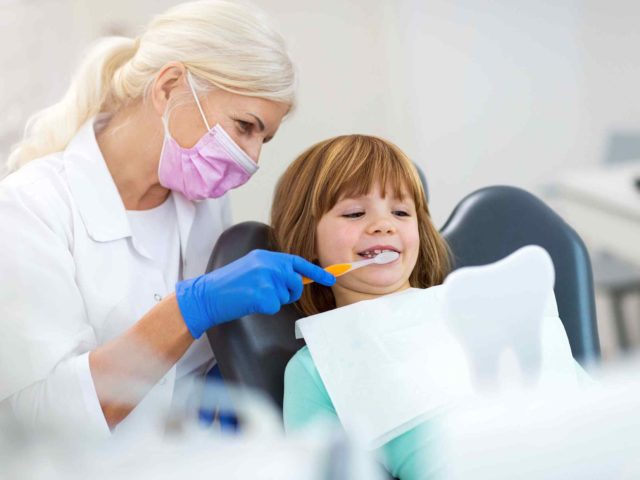
Affordable Dentistry
We follow the Alberta Dental Fee Guide, offering you affordable Airdrie dentistry and professional oral care.
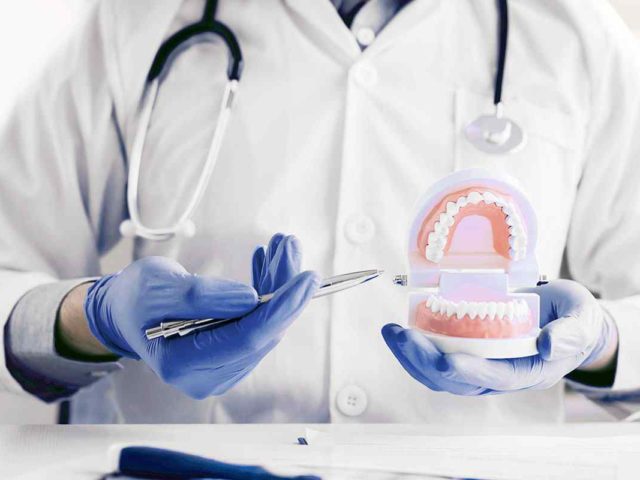
Affordable Orthodontics
Free consultation, no referrals needed, and flexible financing. Learn how you can get orthodontic treatment too.
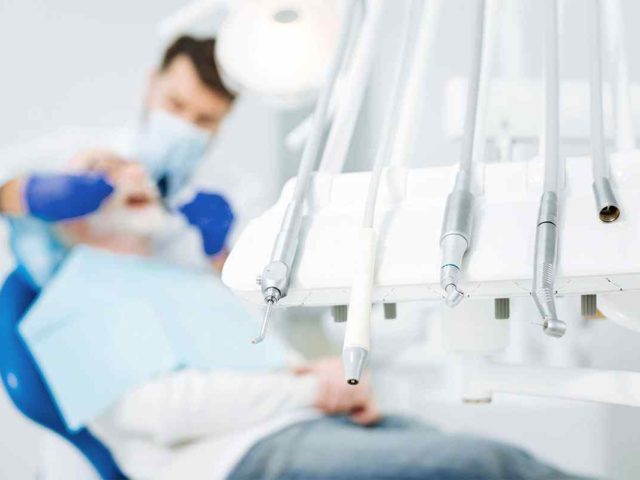
Dentistry Services
Achieve optimal dental health with our comprehensive Airdrie dentistry services. See the various dental treatments we can offer you.
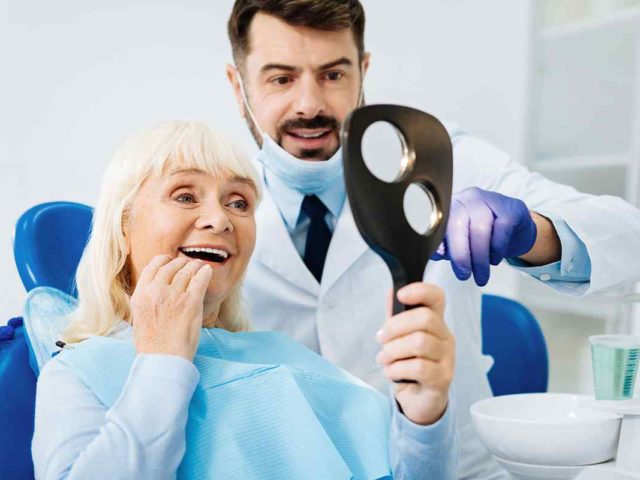
Dental Implants
Dental implants are among the greatest innovations in dentistry. It allows you to replace your missing teeth with an embedded support structure.
